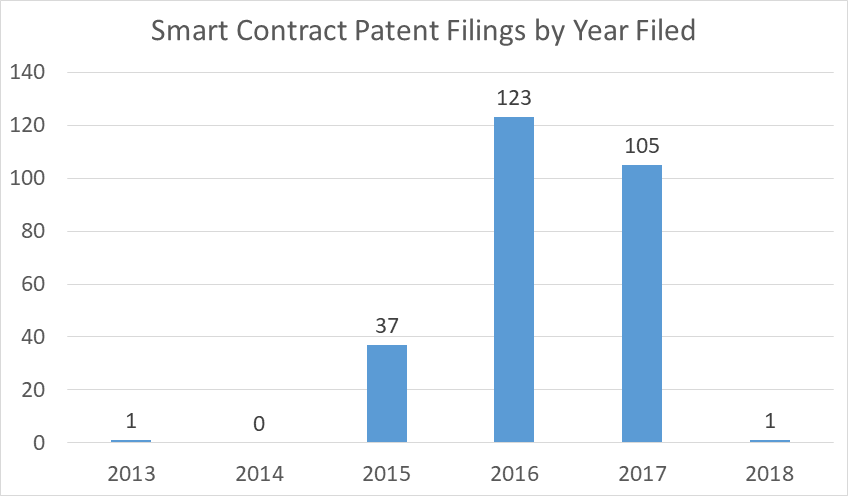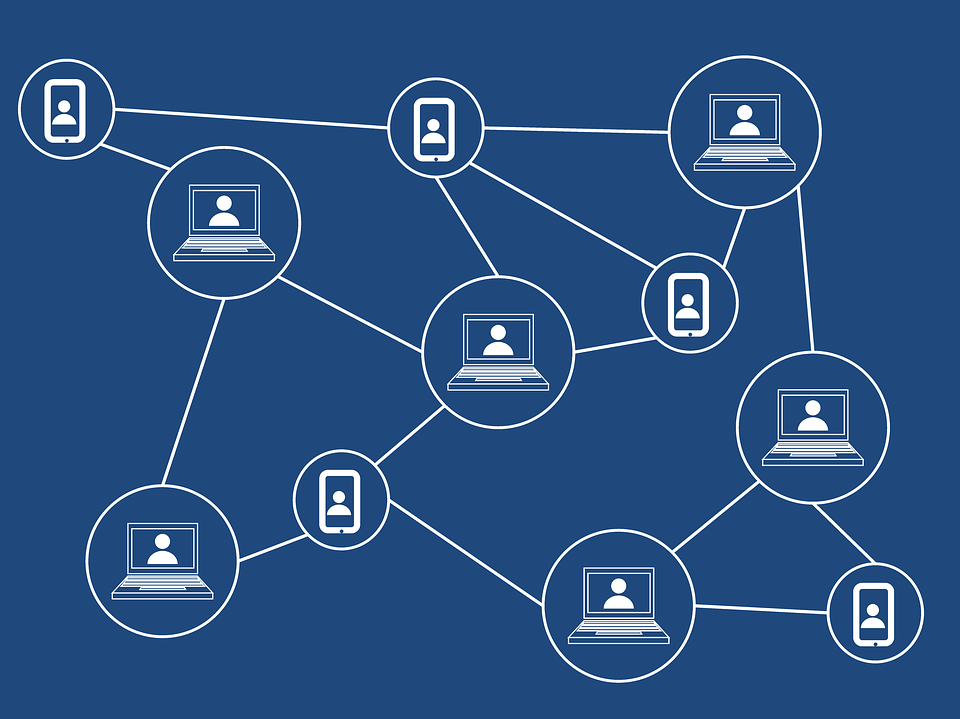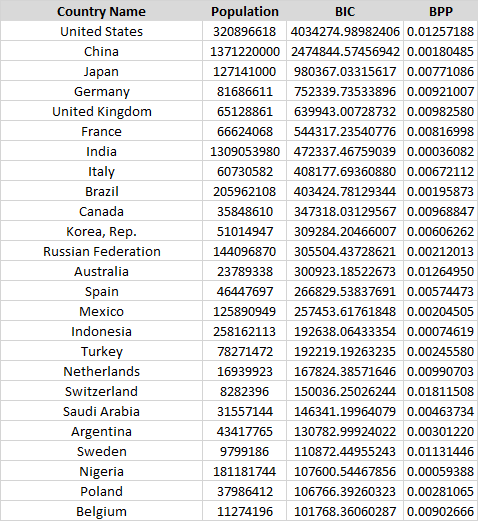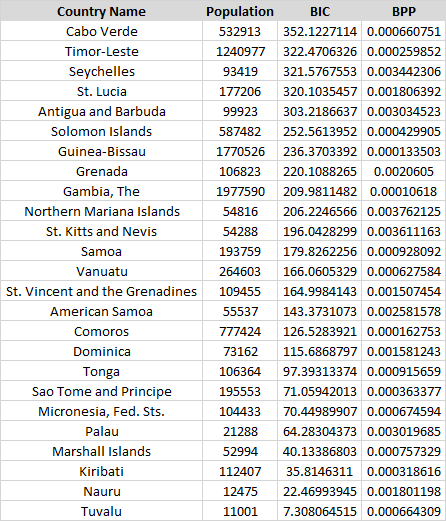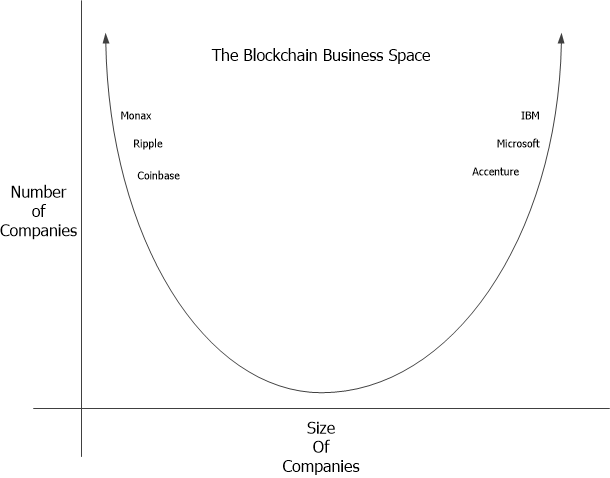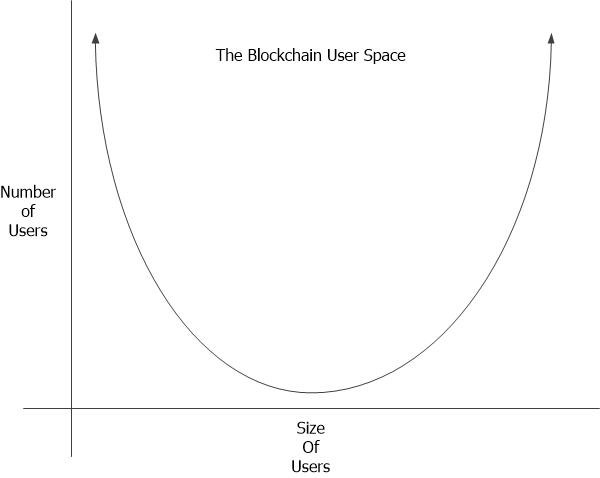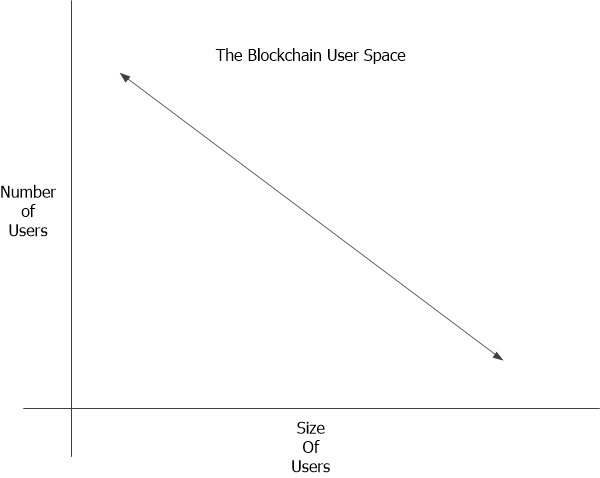
In 2018, I compiled a mini-syllabus of writings about blockchain and cryptocurrency that was meant to help people orient themselves to what it is about the blockchain and cryptocurrency space that was new and important. That piece has held up remarkably well, but many things have changed since that time including the idea of web3 becoming much more prominent.
Without getting bogged down into the definitional gymnastics of what “web3” is or isn’t I thought it would be useful to put together an updated syllabus, of sorts, focused on some of these developments. The articles are addressed chronologically and build upon each other. The tl;dr is that the big promise of web3 is greater user control over their online experience and data.
The Articles
- The Dawn of Trustworthy Computing – Nick Szabo
- Money, Blockchains, and Social Scalability – Nick Szabo
- Protocols, Not Platforms: A Technological Approach to Free Speech – Mike Masnick
- web3 The Rise of the Aligned Web – Jon Stokes
- web3 Critics Misunderstand Decentralization – Chris Dixon
- Why Build in web3 – Jad Esber and Scott Duke Kominers
If you read these six articles my hope is that you will have all the intellectual framing necessary to appreciate why web3 may be the next stage of the Internet or decide that it is simply more hype for the insatiable hype train. Happy reading.
The Dawn of Trustworthy Computing – Nick Szabo
This blog post was originally featured in the 2018 mini-syllabus, and the central theme of the post is how we trust computers to act in certain ways, and how we might better manage trust, in general. The author, Nick Szabo, is controversial, but his piece is timeless in our age of deep fakes, generative AI, and online disinformation. This is a dense, but worthwhile read.
Money, Blockchains, and Social Scalability – Nick Szabo
One more blog post from Nick Szabo, but this post dives deep into the social aspect of these new types of networks. In particular, the post introduces the idea of social scalability, which in a sense includes everything that occurs off-chain and how one might think about managing incentives.
Protocols, Not Platforms: A Technological Approach to Free Speech – Mike Masnick
This is the most academic piece of writing of the bunch. The author, Mike Masnick, is a prominent tech blogger and the founder of Techdirt, which is always a great read. The piece gives an excellent treatment to how we might reimagine speech online and makes a compelling case for switching “…to a world where protocols and not proprietary platforms dominate would solve many issues currently facing the internet today.”
web3 The Rise of the Aligned Web – Jon Stokes
This piece from Jon Stokes, co-founder of Ars Technica a prominent tech news site, is the most important piece of the bunch. Why? Stokes does a masterful job of laying bare the nature of our relationships on the Internet, especially with respect to platforms. The post also makes clear why web3 may change those relationships.
web3 Critics Misunderstand Decentralization – Chris Dixon
This short blog post derived from a tweetstorm from a16z venture capitalist Chris Dixon focuses on the network potential of web3 and how it empowers users even if some of the user interaction is via centralized services that are not themselves decentralized. Decentralization is an oft discussed, rarely understood concept in the web3 space, but this post goes a long way to further your understanding of decentralization.
Why Build in web3 – Jad Esber and Scott Duke Kominers
This last piece in Harvard Business Review makes the case that launching a web3 company is easier for a variety of reasons and that users will ultimately benefit. Mr. Esber runs a web3 company and Prof. Kominers is a professor of entrepreneurship at Harvard. One great part of the piece is how it focuses on the benefits to growing the total pie for both companies and users.
Conclusion
If you read these six blog pieces you will not know everything there is to know about web3. You will, however, have a much deeper understanding of the potential of web3 and hopefully be able to identify where it may fit into your business and life.
